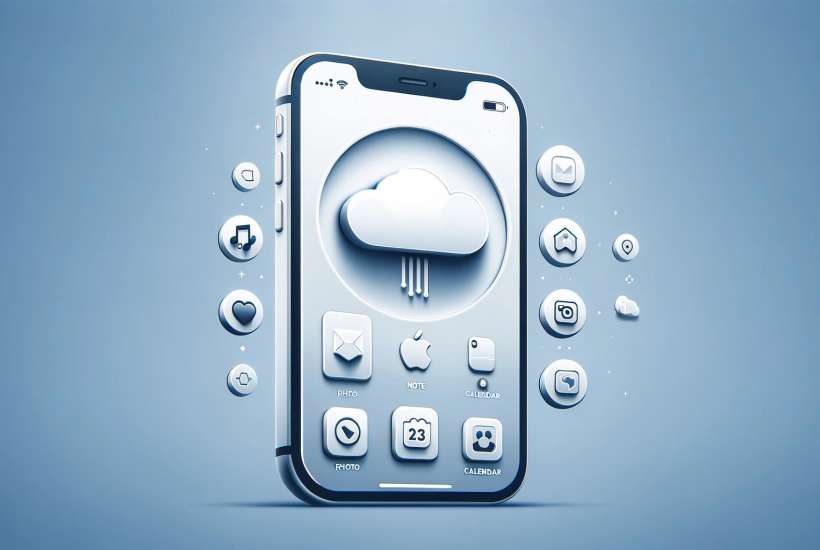Submitted by Penelope Wang on
Understanding iCloud and its backup capabilities is essential for new iPhone users. iCloud, Apple's cloud storage and computing service, is intricately woven into the iOS ecosystem, playing a vital role in storing various data types such as photos, notes, reminders, and more. It ensures that personal information is consistently updated and accessible across all Apple devices.
Initiating iCloud on an iPhone is a simple process. It involves navigating to Settings -> Apple ID -> iCloud. This area allows you to manage your iCloud settings, including enabling iCloud Backup and choosing which apps can store data in iCloud. Enabling iCloud Backup is particularly important as it automatically backs up your iPhone daily when connected to Wi-Fi and charging. This feature ensures that your latest data is always safe and can be restored easily if needed.
For those requiring more storage than the standard free offering from iCloud, Apple provides various upgrade options. These plans cater to different needs and budgets, allowing users to expand their storage capacity for a monthly fee.
Beyond storage, iCloud includes features like iCloud Photos, essential for syncing photos across devices. For optimal usage, it's advisable to enable iCloud Photos on all Apple devices. This not only secures photos but also aids in efficient storage management on the devices.Family Sharing, another notable iCloud feature, enables up to six family members to share purchases like music, photos, apps, and books without using the same Apple IDs. It also facilitates shared family calendars and location sharing, enhancing connectivity and organization within families.
Newest iPhone FAQs
Furthermore, iCloud seamlessly integrates with third-party apps. A notable example is WhatsApp, which allows for the backup of data, including photos, videos, and chat threads, directly to iCloud.
For accessing iCloud outside the Apple ecosystem, iCloud.com comes in handy. This web version of iCloud lets you manage your iCloud data and use applications like Mail, Contacts, Calendar, and more, from any web browser. This is particularly useful when you don't have access to your iPhone.
